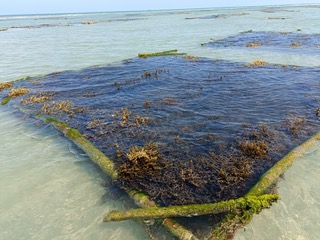
Seaweed, Fashion, and the Mermaids
By Runa Ray
Sign up for our monthly newsletter!
Seaweed with thousands of species of red, green, and brown marine algae found worldwide are crucial to underwater ecosystems. Playing a significant role in human history, it also serves as a staple food source in cultures all around the world. Its consumption dates back to prehistoric times in regions such as Japan, Korea, China, Wales, and Iceland sagas.
Beyond its culinary uses, seaweed has emerged as a sustainable material for fabric production. During World War I, textile manufacturers explored various sources of materials, leading to the discovery of seaweed fabric. Typically made from brown algae like Knotted Wrack, seaweed fabric manufacturing processes vary among producers, often blending seaweed with wood pulp or cellulose. This process involves breaking down cellulose while preserving its chemical structure, followed by washing, retting, filtering, and spinning to create yarns for weaving or knitting.
Beyond fabric production, its role in marine ecology is paramount, as it absorbs carbon dioxide, offering a potential strategy to mitigate climate change through biosequestration. Moreover, seaweed cultivation contributes to nutrient pollution reduction and provides habitat for coastal aquatic species, addressing issues like climate change and ocean acidification affecting these sensitive organisms.
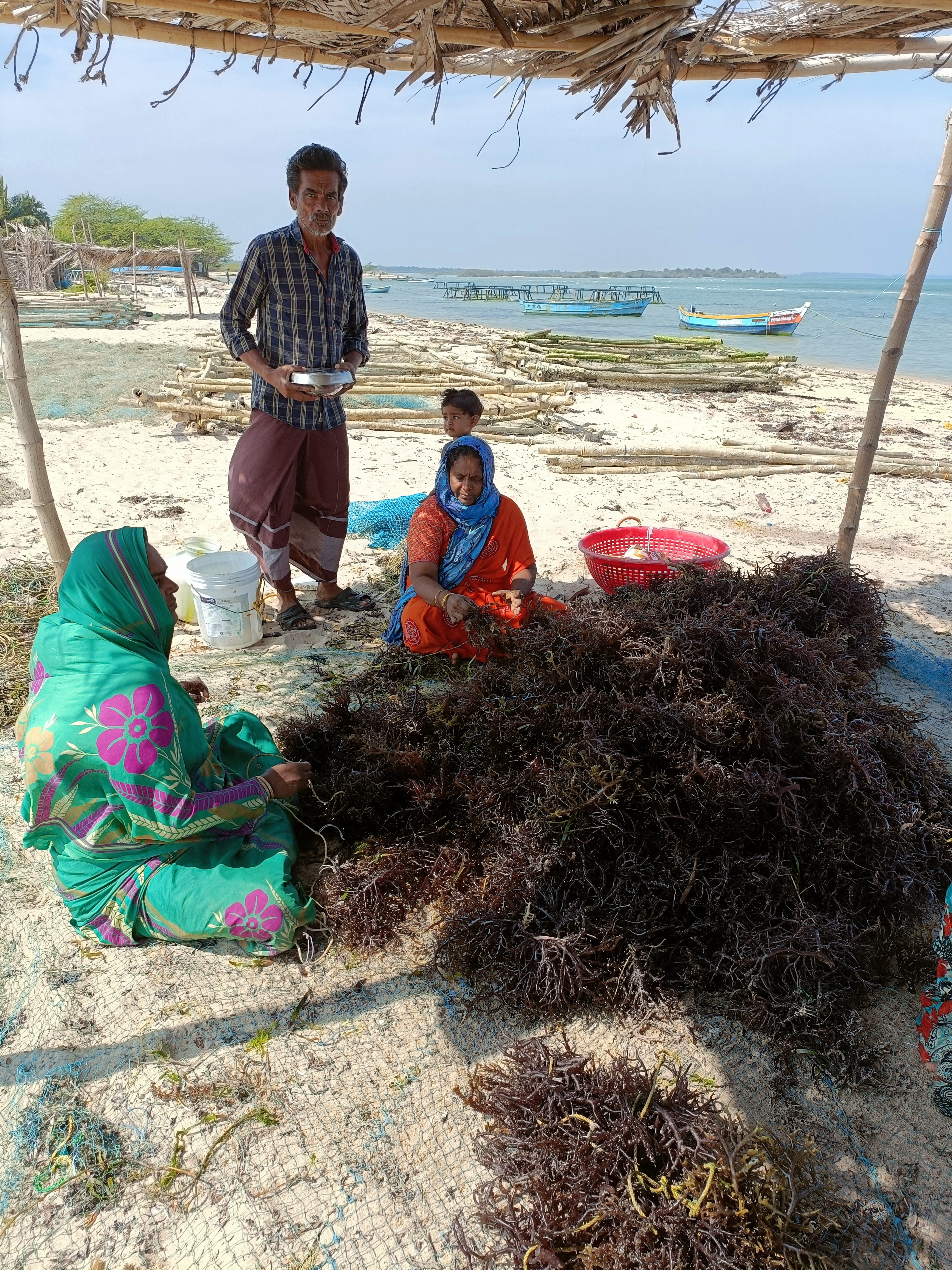
Seaweed cultivation encompasses various methods, including dedicated seaweed farms and harvesting by individuals known as seaweed divers. These practices support coastal economies and marine ecosystems by providing alternative livelihoods, promoting sustainable harvesting, and enhancing food security. For many coastal communities, seaweed cultivation provides a valuable source of income and sustenance. It offers an alternative livelihood to traditional fishing practices and provides economic stability, particularly in areas where fish stocks may be declining or fluctuating.
During my explorations of seaweed in Southern coastal India, I met an extraordinary group of women known as the ‘Seaweed Mermaids.’ These remarkable women were the stewards of the sea, harvesting seaweed from the undulating seaweed fields using techniques passed down through generations. Through them, I discovered stories of resilience, tradition, sustainability, and the delicate balance between humanity and nature. Watch The Seaweed Mermaids.
There is a critical issue of invasive species in marine ecosystems, posing a significant threat to marine biodiversity, as invasive species can outcompete native species, smothering coral reefs and other marine habitats. This disrupts the delicate balance of marine ecosystems and makes it challenging for vulnerable marine species to thrive. Moreover, invasive seaweed can encroach upon and damage marine protected areas.
Innovative initiatives, such as utilizing invasive seaweed for leather and fashion, highlight the potential of seaweed in sustainable practices. By repurposing invasive species, such initiatives address environmental challenges while emphasizing the need for collective action to safeguard marine ecosystems.
Overall, seaweed’s versatility and sustainability make it a model organism in bio-manufacturing and various industrial processes. As society increasingly prioritizes sustainability, seaweed emerges as a promising solution for addressing global challenges, from hunger to textile sustainability. Its vast potential suggests that we have only begun to scratch the surface of its myriad possibilities, positioning seaweed as a key player in the future of sustainable development.
By repurposing invasive seaweed into a sustainable material for fashion, we not only address the environmental challenge posed by its proliferation but also highlight the importance of innovative solutions in addressing complex environmental issues. This initiative underscores the interconnectedness of human activities and marine ecosystems, emphasizing the need for collective action to safeguard the health and integrity of our oceans.
Runa Ray is a sustainable fashion designer and activist who creates for blue and green economies and uses algae-based fabric in her creations. She works with the United Nations to promote the sustainable fashion industry. Follow her @runaray and http://www.runaray.com Email her at contact@runaray.com
Sources: IPCC, Ecoworldline, and Scientific American
Plantings
Issue 30 – December 2023
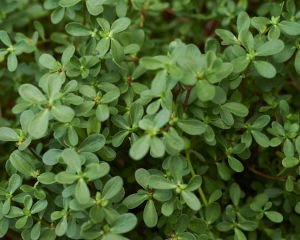
Viriditas: Musings on Magical Plants: Portulaca oleracea
By Margaux Crump
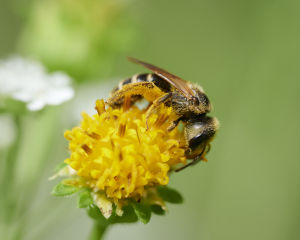
Proboscis, Pollen, and the Rapture of Interspecies Intimacy
By Jake Eshelman
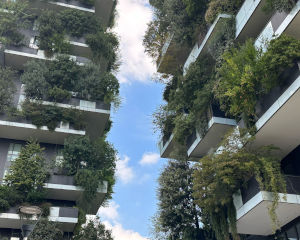
The Greening of Milan: Porta Nuova and Vertical Forest
By Gayil Nalls
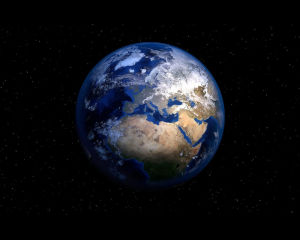
Overshooting Earth’s Boundaries: An Interview with Bill Rees
By Rachel Donald
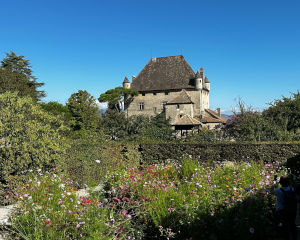
The Garden of the Five Senses
By Gayil Nalls
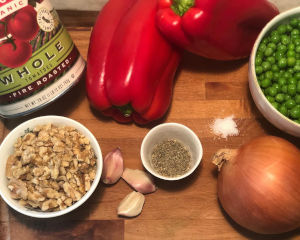
Eat More Plants Recipes:
Le Botaniste’s Fennel, Tomato, and Red Pepper Pasta Sauce

As Ireland transitions from the rich, smoky scent of peat-burning to a more sustainable future, its olfactory heritage is evolving. What will become the next iconic aromatic symbol of Ireland?
Click to watch the documentary trailer.


